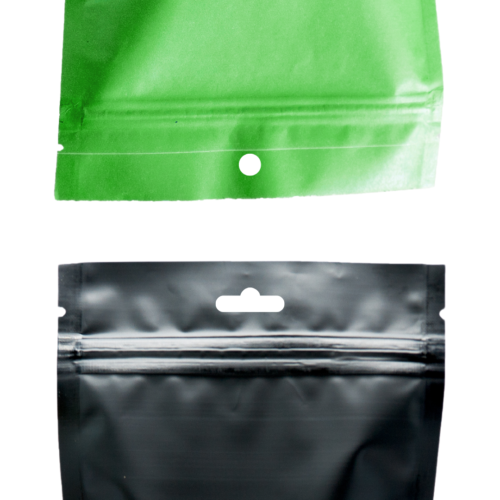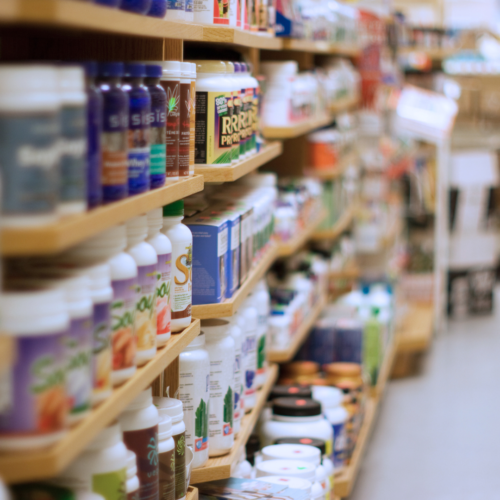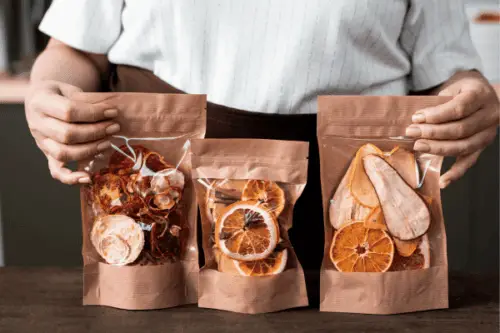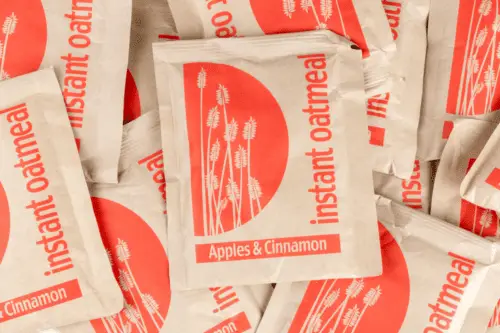Topic: Single-Serve Packaging

Sombrero vs. Hole Punches in Packaging
Compare sombrero vs. hole punches in packaging. Discover their uses, advantages, costs, and which suits your product’s needs best.

Sombrero vs. Hole Punches in Packaging
Compare sombrero vs. hole punches in packaging. Discover their uses, advantages, costs, and which suits your product’s needs best.

How Contract Filling Services Support Food Product Expansion
Expanding a food product line into new markets or scaling production to meet growing demand requires careful planning and precise execution. One crucial aspect often overlooked is the packaging process, specifically the filling stage, where your product is measured, filled into containers, and prepared for distribution.

How Contract Filling Services Support Food Product Expansion
Expanding a food product line into new markets or scaling production to meet growing demand requires careful planning and precise execution. One crucial aspect often overlooked is the packaging process, specifically the filling stage, where your product is measured, filled into containers, and prepared for distribution.

Retail Packaging vs. Non-Retail Packaging
When it comes to contract food packaging, it’s essential to choose the right type of packaging for your business needs. Packaging not only plays a pivotal role in protecting your food products but it also serves as a powerful marketing tool. Two main categories of food packaging include retail packaging and non-retail packaging. Here, we’ll […]

Retail Packaging vs. Non-Retail Packaging
When it comes to contract food packaging, it’s essential to choose the right type of packaging for your business needs. Packaging not only plays a pivotal role in protecting your food products but it also serves as a powerful marketing tool. Two main categories of food packaging include retail packaging and non-retail packaging. Here, we’ll […]

Top 10 Most Popular Dry Food Packaging Options
The reality of today’s fast-paced economy means consumers demand convenience in every facet of life, including the ability to easily store, transport, and consume various dry foods. Packaging plays an important role in the convenience, shelf life, and freshness of cereal, chips, nuts, pasta, and more. Packaging types also affect consumer purchasing decisions. In this […]

Top 10 Most Popular Dry Food Packaging Options
The reality of today’s fast-paced economy means consumers demand convenience in every facet of life, including the ability to easily store, transport, and consume various dry foods. Packaging plays an important role in the convenience, shelf life, and freshness of cereal, chips, nuts, pasta, and more. Packaging types also affect consumer purchasing decisions. In this […]

The Power of Single-Serve Packaging
In today’s fast-paced world, convenience is king. This is evident in the food packaging industry, where single-serve packaging has become the norm. Whether it’s a bag of chips, a candy bar, or a sachet of instant coffee, single-serve packaging offers numerous benefits, not just for consumers but also for businesses. Why Offer Single-Serve Packaging? 1. […]

The Power of Single-Serve Packaging
In today’s fast-paced world, convenience is king. This is evident in the food packaging industry, where single-serve packaging has become the norm. Whether it’s a bag of chips, a candy bar, or a sachet of instant coffee, single-serve packaging offers numerous benefits, not just for consumers but also for businesses. Why Offer Single-Serve Packaging? 1. […]
